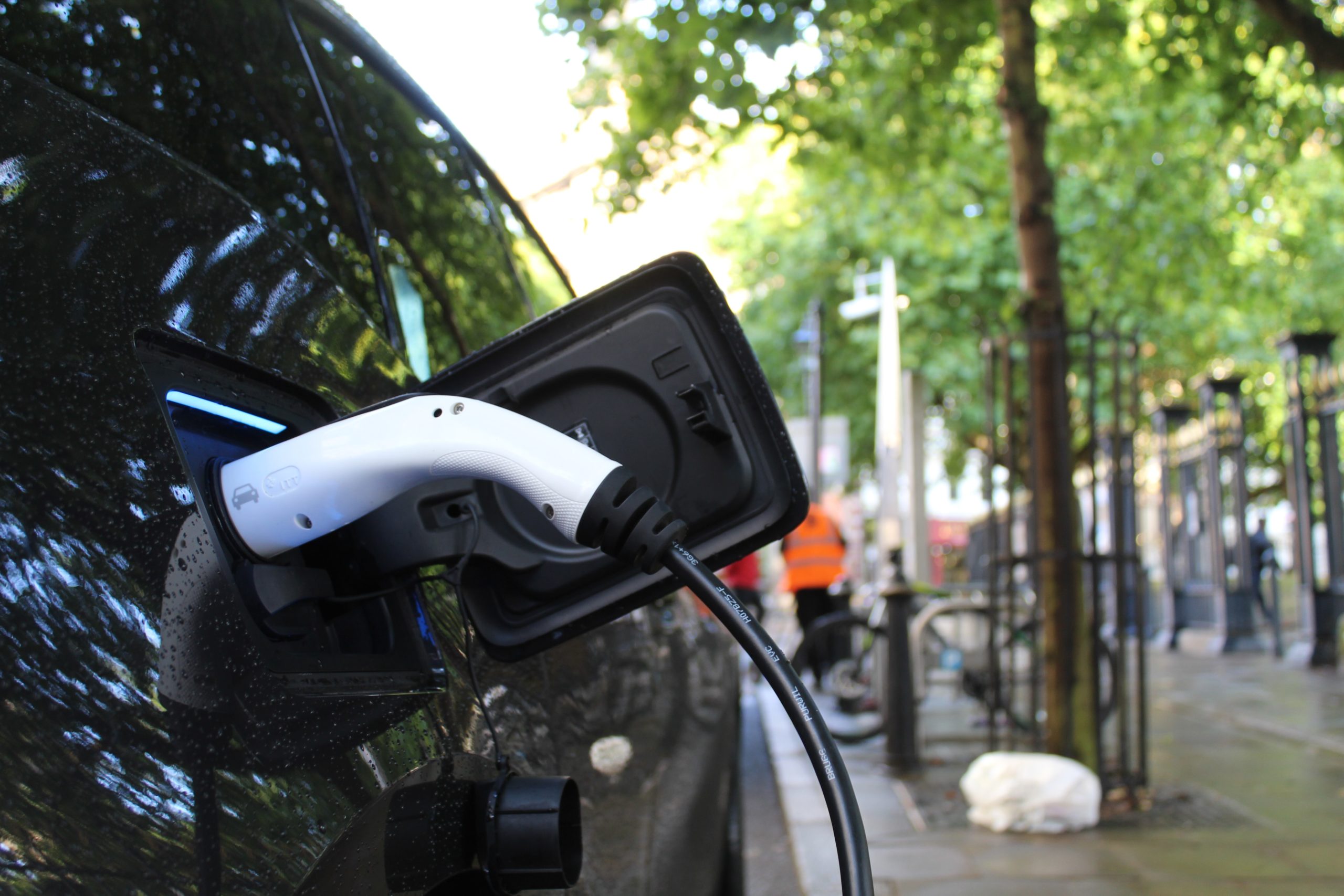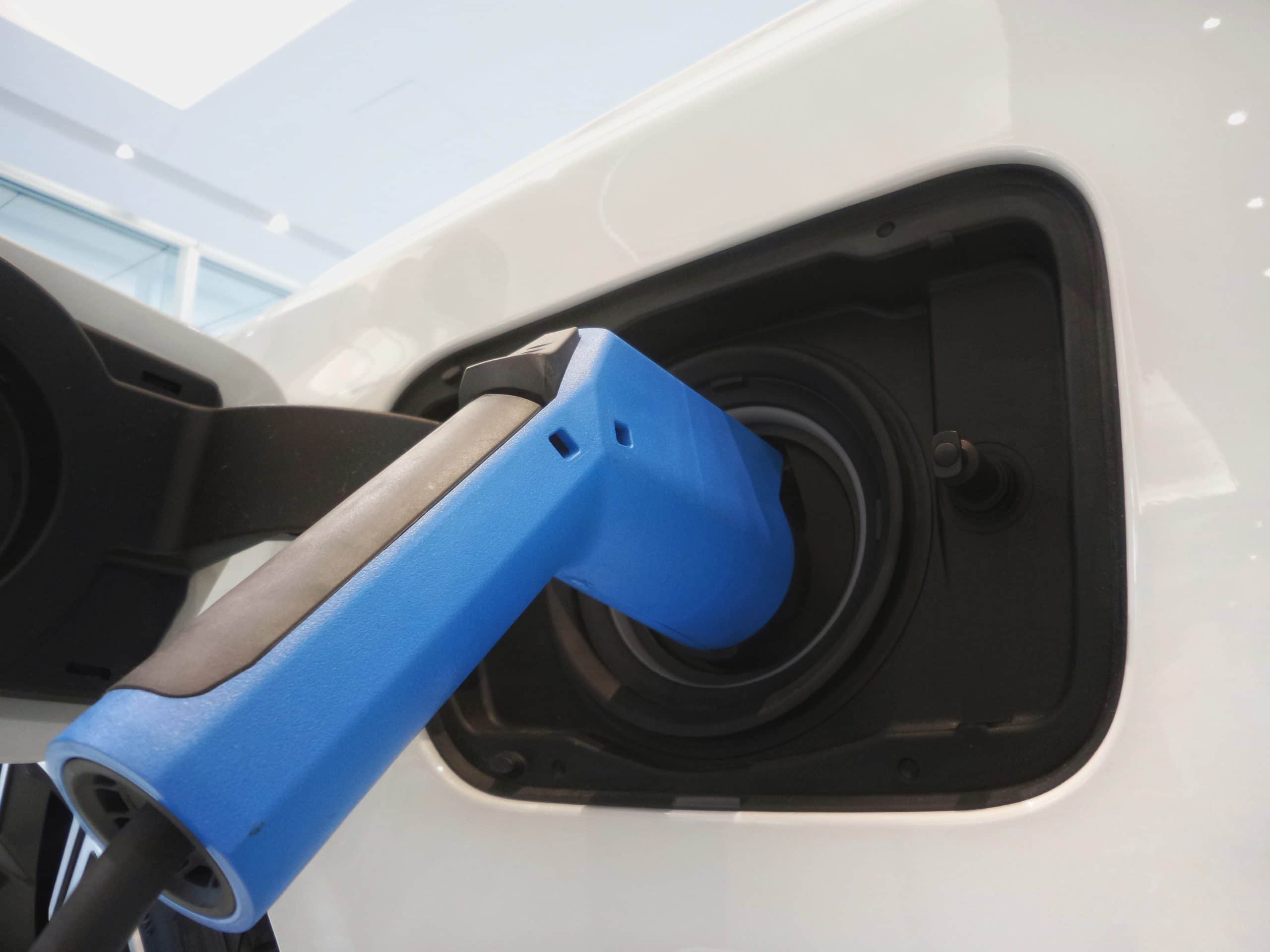Author: Roos van der Ploeg
Mobility around the world mostly comprises fossil-fueled vehicles. This poses challenges such as CO2 emissions and poor air quality in urban areas. Rapid urbanization and motorization in cities will further intensify these challenges. At the same time, access to transport is essential for economic growth and development. Hence in many cities, there are literally (smog) clouds on the horizon. It is not rocket science to conclude that there is a need for alternative modes of mobility. Electric mobility helps to reduce the issues of CO2 emissions and poor air quality. The demand for electric mobility therefore accelerates greatly across major markets in China, the US, and Europe. But is electric mobility only accessible for those regions? Or will developing countries be able to benefit as well?
The World Bank and the International Association of Public Transport (UITP) wrote an Engagement Paper prior to the United Nations Conference on Climate Change (COP 24) on designing electric mobility programs. EVConsult has designed many successful electric mobility programs effective around the world, and contributed to this paper by creating insights into the technology and the market developments. By performing country case studies to identify lessons learned and by interviewing stakeholders active in the supply chain of electric mobility. In this article two takeaways for policy making are elaborated on; (reverse) taxations and targeting the right type of electric vehicles.
In developed countries, governments have been putting a lot of effort into making electric mobility more attractive. Fiscal incentives, subsidy schemes and providing public charging infrastructure are no exception. As a result, the annual global electric car sales have substantially increased from hundreds in 2010 to more than 4 million by 2018. Developed countries increasingly attempt to improve the taxation schemes to enable all inhabitants to have access to electric mobility, without increasing governmental expenditures.In Norway, for example, the ‘polluter pays’ principle has been introduced, in which taxes for fossil-fueled cars have increased, to offset the governmental expenses of incentives for electric cars. Another example is the increasing interest by the state of California to ensure electric vehicles policies are accessible for a more diverse income group, by adopting equity-focused policies. This includes incentive restrictions for high-income buyers, increased rebate levels for low-income buyers and deployment of charging infrastructure in disadvantaged communities. Hence, the accessibility for electric mobility in developed countries will increase by means of policies.

More surprising, and contrary to what one might expect, electric mobility can be simple and affordable as well. Countries like India and Jordan have engaged in electric mobility in ways that suit the local circumstances. Scooters and light-vehicles are a major way of transport in Indian cities, which allows inhabitants to quickly navigate through crowded urban areas.To support the adoption of electric scooters and light-electric vehicles, the Indian government initiated a financial incentive support scheme. The charging infrastructure of the light electric vehicles is essentially very basic and accessible as well: it is either a simple charger or a battery swapping system, both well suited with the current state of the local grid. And the inhabitants of Indian cities? They are enthusiastic about the attractive TCO and additional advantages of electric vehicles as they are silent, have low maintenance and lower cost to operate. The inhabitants move to electric vehicles, with for example over 1.5 million battery-powered electric rickshaws already zipping silently around the country.
Jordan’s experience of e-mobility is also unique and very well adapted to the local context. The majority of electric vehicles in Jordan are second-hand electric cars, bought by younger inhabitants who pursue a budget solution to meet their private transport needs. The government strengthens this opportunistic TCO by putting in place tax and custom duties exemptions for second-hand electric vehicles, as well as subsidizing the price of electricity to allow for low ‘fuel’ costs. The purchase of a second-hand car is therefore about $10,000 cheaper compared with a second-hand fossil-fuel car. There is also a huge snowball effect regarding the acceptance and awareness of electric vehicles in Jordan by means of social media. A Facebook group consisting of over 65.000 members help each other with advice on issues such as purchasing second-hand vehicles and overcoming vehicle problems. Hence, electric mobility can be a budget-friendly and even social solution.
So, will developing countries be able to adopt electric mobility as well? Definitely! By targeting the right type of electric vehicles that fit the local context, the uptake of electric vehicles can be achieved in low- and middle-income countries.The right target differs among countries, and may among others include light-electric vehicles, second-hand cars, public transport or taxis: as long as it fits local circumstances. Governments can further facilitate the market through policies, regulations, standards for charging, and basic consumer protection frameworks with low fiscal costs. These policies can even be tailored towards lower income groups, and the government could consider the ‘polluter pays’ principle to prevent excessive expenses for incentives. Hence, a stitch in time, saves nine: electric mobility may contribute to the access to transport, without posing further environmental challenges.
Would you like to know more about our approach to develop a national or regional EV plan, please contact Roos van der Ploeg: r.vanderploeg@evconsult.nl / +31 6 11 01 01 36
The World Bank report is available for download via this link.




